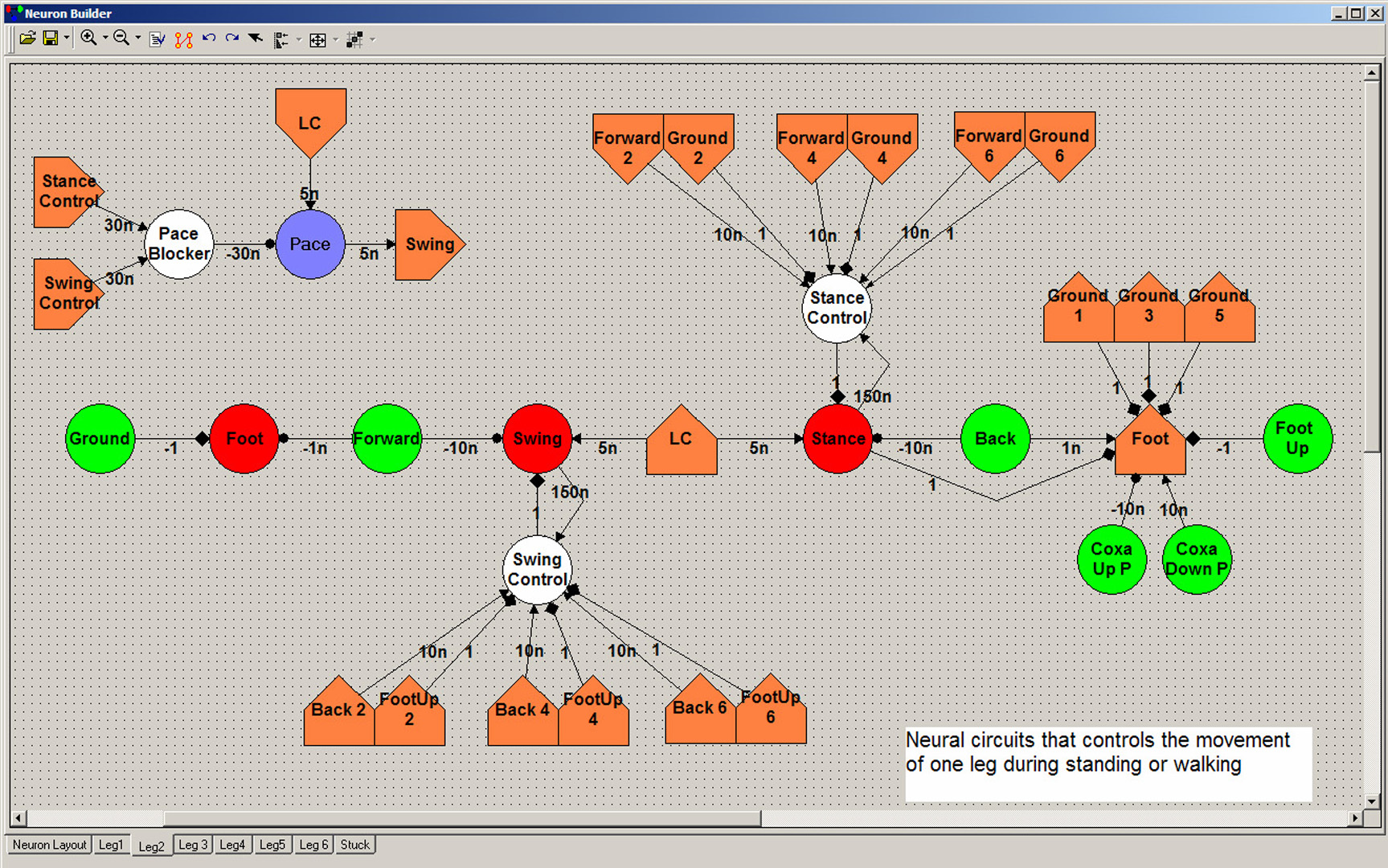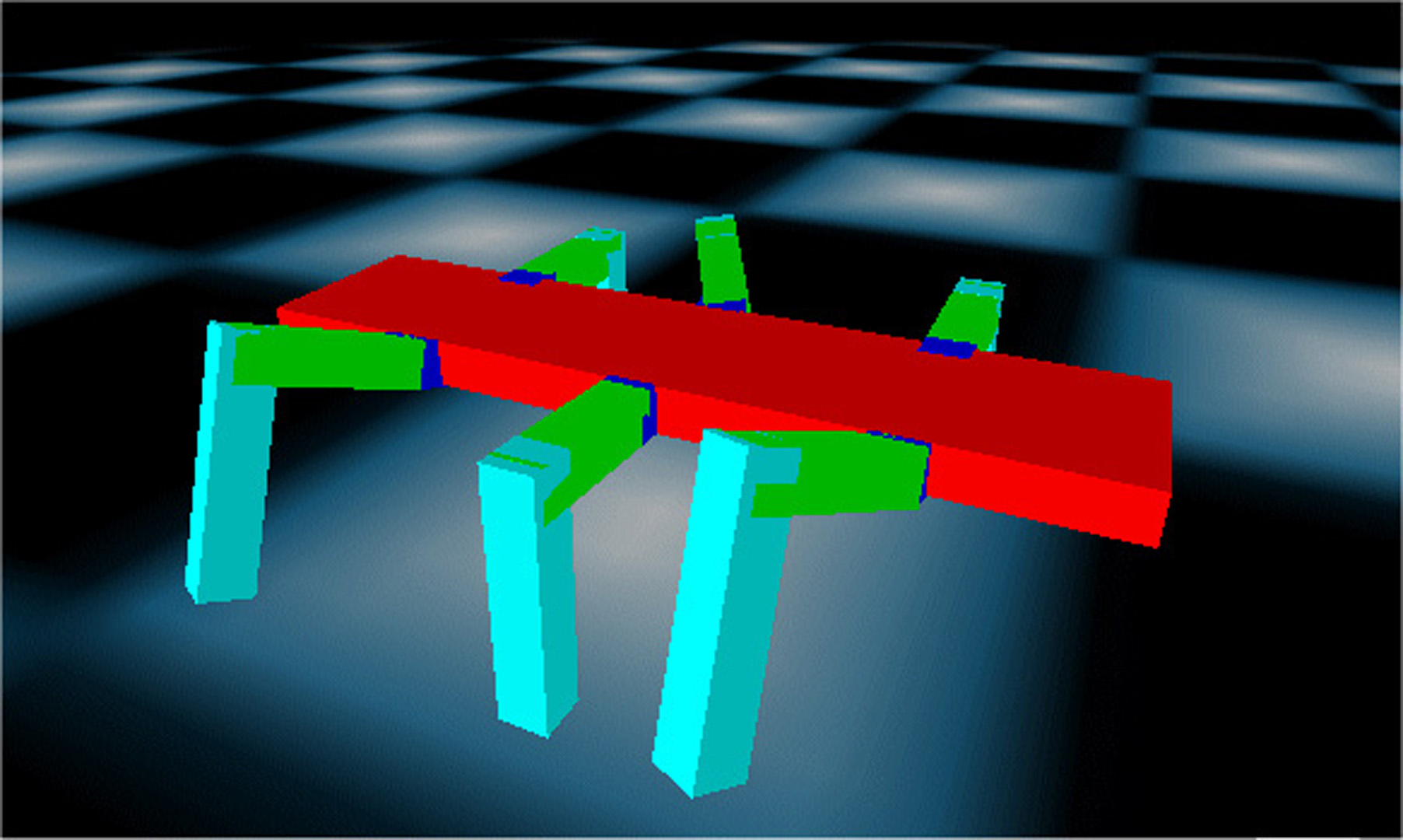“A 3D Graphics Environment for Behavioral Neurobiology Research” by Cofer, Zhu, Edwards, Aquilio, Cymbalyuk, et al. …
Conference:
Type(s):
Entry Number: 117
Title:
- A 3D Graphics Environment for Behavioral Neurobiology Research
Presenter(s)/Author(s):
Abstract:
Neurobiologists have conducted extensive research on animals to understand the neural basis for adaptive behaviors. Great strides have been made in understanding the roles of individual neurons and simple networks. This understanding has led to a number of hypotheses that attempt to explain how the neural architecture produces those behaviors. However, testing these neuronal models can be a very daunting task. Attempting to take measurements from numerous neurons while the animal is performing complex tasks is often difficult if not impossible.
We are currently building a 3D graphics environment that allows users to easily build the body and neural network of different organisms. Biologists can use these simulated organisms (also called animats) to test various hypotheses. Our goal is not just to build a working simulation, but also to discover the constraints on model architecture imposed by the structure of the animal, our knowledge of neural organization and mechanisms, and the physical forces at play in the environment. This knowledge will prove useful both in the construction of autonomous robots and in understanding the neural architecture of various animals.
References:
1. Beer, Randall D. 1990. Intelligence as Adaptive Behavior: An Experiment in Computational Neuroethology. Academic Press.
2. CMLabs, http://www.criticalmasslabs.com/products/vortex/





